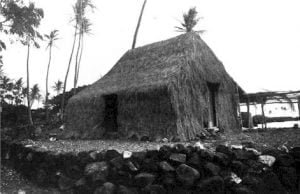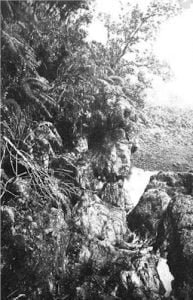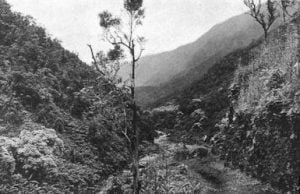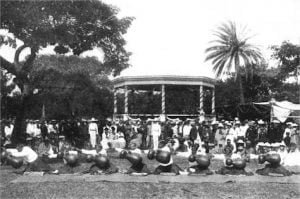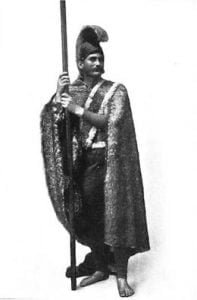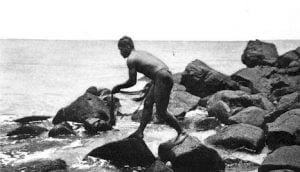Location of the Lau o Milu
In the myth of Hiku and Kawelu, the entrance to the Lua o Milu is placed out to sea opposite Holualoa and a few miles south of Kailua. But the more usual account of the natives is, that it was situated at the mouth of the great valley of Waipio, in a place called Keoni, where the sands have long since covered up and concealed from view this passage from the upper to the nether world. Every year, so it is told, the procession of ghosts called by the natives Oio, marches in solemn state down the Mahiki road, and … Read more

